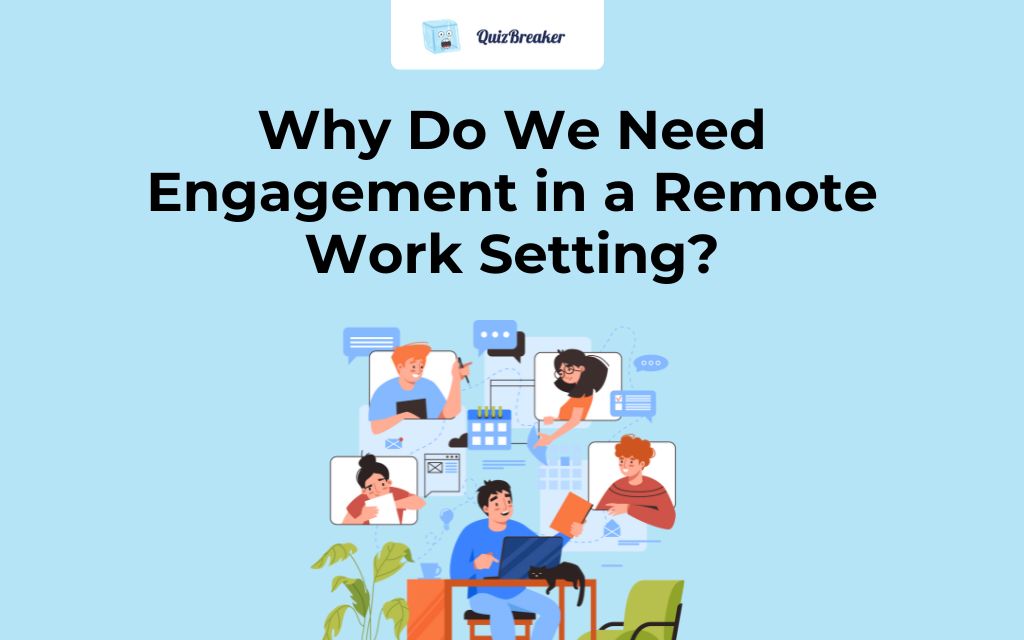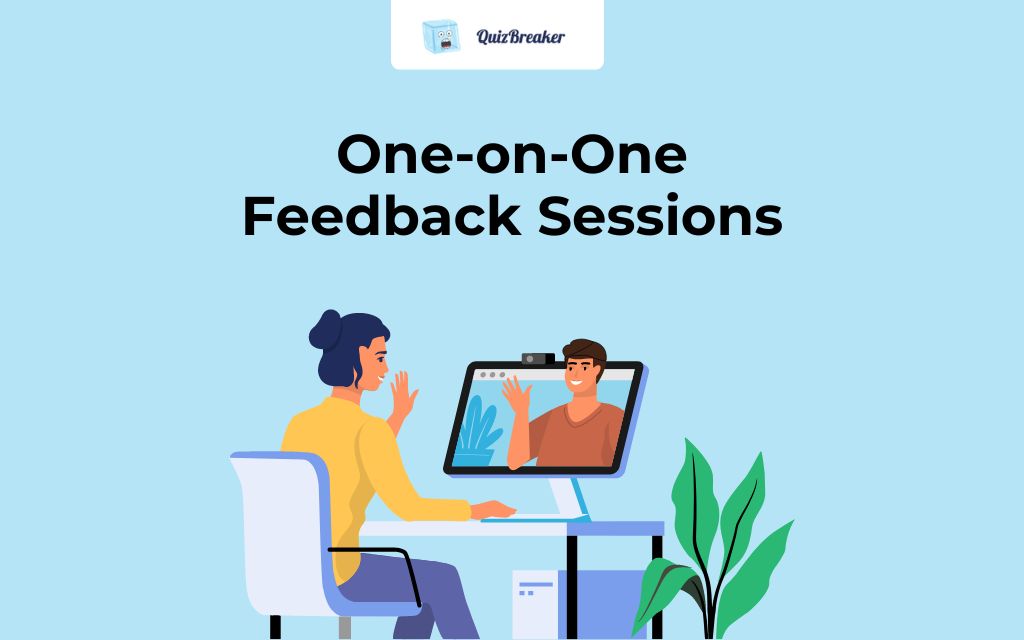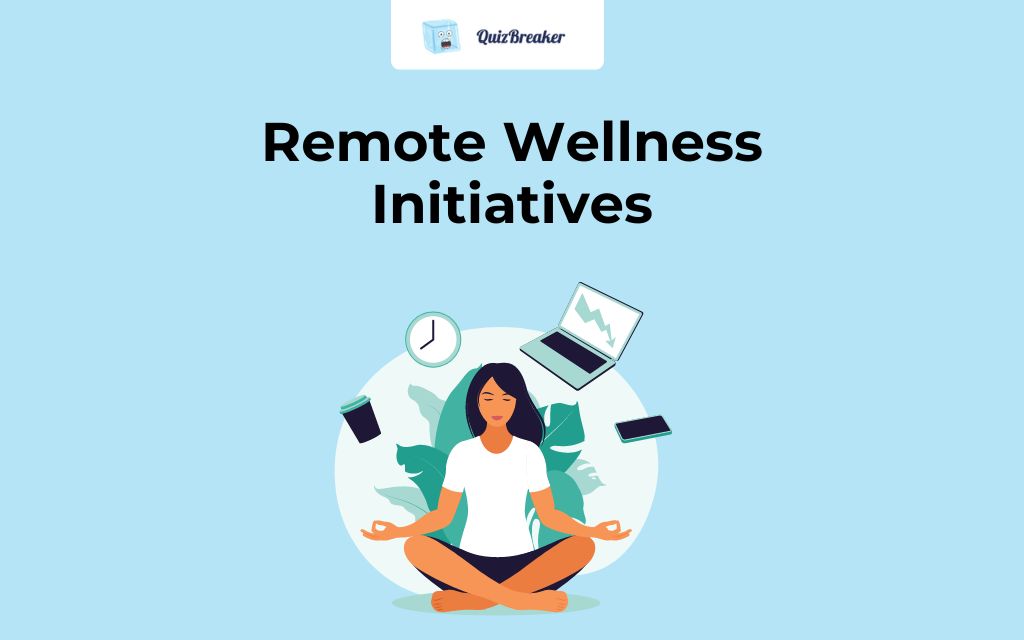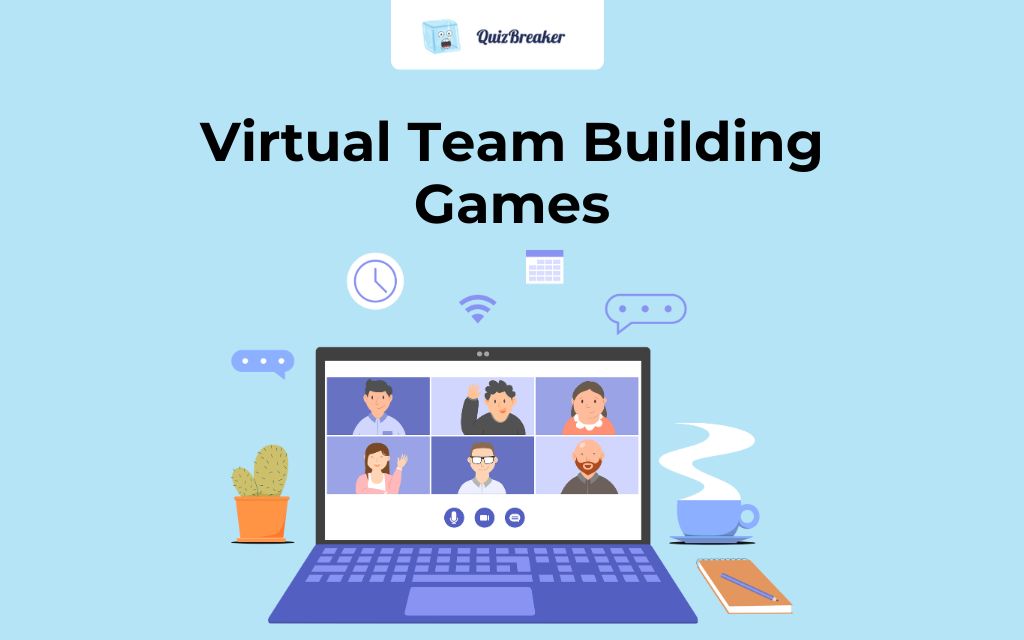Any company needs to keep its employees engaged — especially if bulk or a portion of their teams work remotely. That's why it's crucial to think of virtual employee engagement ideas for your virtual teams.
Keeping remote employees engaged in work is a completely different playing field compared to dealing with their in-office counterparts.
Employees perform best when they’re engaged with their work, the company culture, and their workmates, so team managers need to find a way to sustain engagement rates from a distance.
In this post, we’ll take a look at why it’s crucial to keep your remote employees engaged and how you can go about this.
Why Do We Need Engagement in a Remote Work Setting?

Employee engagement levels are an important indicator of job satisfaction and enjoyment.
However, not a lot of remote managers put a lot of work into improving virtual employee engagement. The same is true in the context of in-office teams as well. No doubt, keeping employee engagement with remote team members can be hard work. But it can result in great benefits for the company and the entire team.
A Gallup survey points out that only 34% of workers in the US say that they feel committed, enthused, and involved in their work and work environment.
Employee engagement should be a priority for both business leaders and team leaders. And one of the best ways to do that is to run virtual employee engagement activities at work.
While people who are actively disengaged at work can still perform and be a part of your community, they’re more likely to do only the bare minimum at work. Boosting employee morale can push them to do more while also giving them a sense of pride in their work. That way, everyone wins.
High engagement rates mean a lot of things for your business and for your team too. For one, it’ll be able to keep retention rates up and turnover rates low. And because this is because your team members are happier in their job roles.
HR managers know that it’s challenging to look for exceptional workers — and giving them compelling reasons to stay is another challenge in and of itself.
This is something that team leaders need to work on as soon as an employee starts their first day at work.
One way to make new employees align with the company's mission and vision is by sharing a corporate video. Videos are a powerful HR tool since they are memorable and invoke emotion in the viewer, which is a great way to supplement the lack of in-person interactions in virtual teams.
Some HR teams are currently carrying out a virtual employee onboarding process effectively with the use of a series of videos that welcome and equip new hires with important information in an engaging manner. Making such videos doesn't need to break the bank and can be created in minutes using a free corporate video maker.
Workers who tend to exceed performance expectations know their worth, so they’re not afraid to leave and look for positions in other companies.
And this is especially true for remote workers, as [Ideo notes that they tend to be more innovative](https://www.ideo.com/news/how-to-stay-creative-when-your-team-is-working-remotely compared to those that work inside the office, so team leaders need to give them a compelling reason to stay.
Furthermore, having an engaged workforce means that your employees are productive.
Since remote workers receive less supervision compared to their in-office workmates, it can be hard to be productive.
So, remote team managers need to see to it that their remote workforce is actively engaged with their work. Doing so can raise company performance, work morale, and even profits.
How Can Managers Improve Remote Employee Engagement Rates?
If you don’t know where to start in keeping your remote workers engaged, here are a few remote employee engagement ideas.
We've published a great series of guides that you'll find very useful for coming up with ideas to engage a remote team:
-
Icebreaker games to help build familiarity and camaraderie
-
Team building activities you should try at work
-
Icebreaker questions to ask your team
One-on-One Feedback Sessions

One of the best ways to build trust and engagement between you and your employees is by having a personal feedback session.
This is especially important for remote workers who don’t get to participate in company town halls due to location and time constraints.
Moreover, a report by Achievers highlights that lack of employee recognition is one of the reasons why your workers might consider moving on to another company.
So, schedule monthly one-on-one sessions with your remote workers through an audio or video call. Use these virtual meetings to show your appreciation and provide meaningful feedback.
Here, you can also give them an assessment and recognize the work they do for the company.
Furthermore, you can also solicit feedback on how to improve the remote working experience and further drive engagement rates upward.
Dedicated Water Cooler Channel

Isolation and loneliness are prevalent among remote workers.
Despite being an ideal work arrangement for a lot of people, telecommuting tends to isolate and make employees feel detached from their teams. Moreover, it can challenge our work-life balance rhythms at home and cause mental health problems.
So to improve your virtual workplace’s social activity and engagement, you should create a water cooler channel on your preferred communication platform. This is a space for small talk and interactions that take your team's mind off work. As simple as this step might be, it's a best practice that many companies benefit from immensely.
Here, employees can talk with each other during breaks and converse about non-work related topics.
Through this, you nurture a digital environment that’s constantly engaged, and allow employees who work in different locations and time zones to connect. If you run out of topics to talk about in your water cooler channel, go ahead and use this tool to generate random topics.
Remote Wellness Initiatives

For telecommuters, it can be harder to stay active when their place of work isn’t fixed.
Prioritizing workforce health can be beneficial for both the company and the workers themselves, so team leaders should encourage remote workers to develop healthy habits wherever they are.
To start, Snack Nation’s list of successful wellness initiatives recommends setting up a meditation program that you and your team can enjoy together virtually.
You can even offer rewards for physical activity through a team spreadsheet where workers can track their progress for fitness challenges.
For the rewards, try to choose something that’ll motivate them to keep fit, like workout gear or health supplements.
Virtual Team Building Games

Virtual team building games serve as a way to engage teams in a fun way. Through online team building games, you give your employees a chance to collaborate and learn more about each other.
Furthermore, team building helps create more engaged employees and keeps them committed to their work and the company. Some ideas include:
-
A team building seminar
-
Taking a personality test together
-
A virtual tour
-
Virtual happy hours
-
Trivia game nights using tools like TriviaNerd
-
Remote parties when team members celebrate work anniversaries or birthdays
However, doing this in a virtual space can be quite a challenge. You can use a video conferencing platform like Zoom or Google Meet to hold these events.
You can also start by having your employees join virtual team games like our own QuizBreaker.
With QuizBreaker, you can encourage your remote employees to bond by answering fun icebreaker questions.
There's a ton of virtual team building activities that you can do with your remote workforce, so be sure to look for one that will strengthen the professional relationship among your team members.
Final Thoughts
Remote employee engagement can have its own set of challenges. It's a different world altogether, as well. But that doesn't mean it can't be done. Follow some of the best practices above and you should start seeing your employee engagement levels rise.
What other ideas do you have to increase employee engagement. Every team has its own set of best practices. These ones work tremendously for us and we hope it does the same for your remote team.



